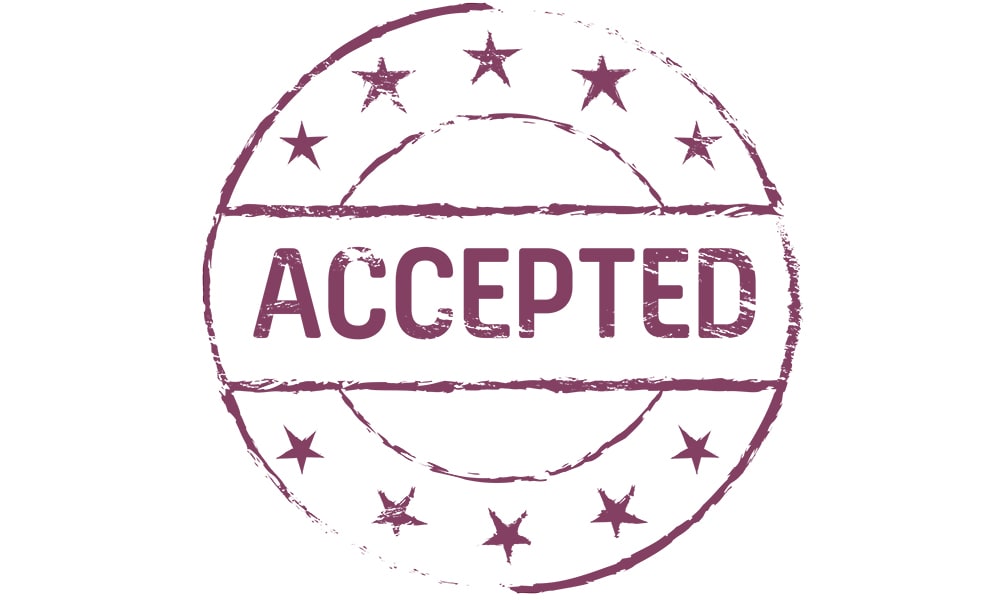
The GDPR is close at hand: should the choice fall on single opt-in or double opt-in?
The GDPR is close at hand: should the choice fall on single opt-in or double opt-in?
The e-mail addresses and all the data connected to them are fundamental for e-mail marketing campaigns but in the light of the new Regulation a doubt whips companies, or the choice of the safest method in light of the GDPR to obtain consent to 'data usage. There are two methods that concur: the single opt-in and the double opt-in.
Single opt-in is the method that provides for the prior acquisition of consent which is followed by sending the email.
Double opt-in instead provides that there are two steps to confirm the registration form. That is, once the form has been completed and the request has been sent, the system automatically sends a confirmation email to the email address entered by the user which the latter must click if he / she wants to complete his request. The Double opt-in is not mandatory by law, but it is certainly a more virtuous mechanism as it is concerned with verifying the actual existence of the communicated email and the ownership of the latter by the user.
The two methods compared
The technical benefits of the single opt-in
The benefits of the single opt in reside in the prior acquisition of consent to send commercial communications. This method can only be avoided if consent has already been acquired in the past on similar commercial proposals or relating to the same product or service already rendered. In any case, in the legal field, it is not a specific technical method that is required but certainly the method of prior consent which otherwise would generate illegality and spam.
Choosing this method involves:
- Lower dropout rates: single opt-in allows one-click sign-up, minimizing the chances of the contact abandoning midway through the process. The mistake to avoid is to request too much data in the form to fill out because it could discourage the user to subscribe. The ideal is to request essential data such as name, surname and email address, referring the contact to the profile management center for the choice of preferences and sending frequency.
- Major conversions: the contacts obtained with the single opt-in generate a higher number of conversions than the double opt-in since the contacts who are asked for this method generally abandon the procedure halfway.
- E-mail addresses can be verified using different solutions: by choosing the single opt-in method, it is still possible to adopt tools capable of verifying the correctness and existence of the e-mail addresses communicated in the forms by users. Double entry confirmation requires the contact to enter the email address twice in different fields of the form. Tools such as BriteVerify or Fresh Address, on the other hand, allow you to verify the correctness of the format, domain and account of the email addresses entered. Finally, there are the reengagement emails, to re-enable or permanently remove those recipients who, despite having completed the registration, do not interact with the emails.
The benefits of double opt-in
The technical benefits of double opt-in
The mistake that many make is to think that the success of email marketing depends on the quantity of the number of contacts collected, but the massive collection of emails, many of which with the single opt-in tool are not even verified, will have its fruits in the immediate but not in the long term. That is, if the goal is to focus on conversions, the choice of the instrument must lean towards the double opt-in. The double opt-in will act as a filter, as the contacts who are not really interested will never get to the next step to confirm their consent to the use of the data, while the contacts willing to receive communications will enhance their registration with the second click. Only the latter will be good contacts to build loyalty over time.
- Greater propensity to buy: double opt-in lists will have a less rich database of contacts than single opt-in ones, but they certainly have a higher conversion rate.
- Less bounces, better deliverability: the double opt-in mechanism allows you to increase the lists with valid email addresses and keep the lists clean, minimizing the bounce rates that negatively affect the reputation of the brand, cause deliverability problems.
- Fewer spam reports: it is unlikely that a user, after having validated his consent to receive communications via e-mail two consecutive times, subsequently reports the e-mails as spam. However, if this should happen and the user, in addition to reporting the spam, denounces an abuse in the use of the email for marketing activities, the double opt-in mechanism is essential to reject any accusation, since by tracking and recording every detail of the registration , testifies the recipient's consent to the use of his email for commercial activities.
- Increased safety and regulatory compliance











